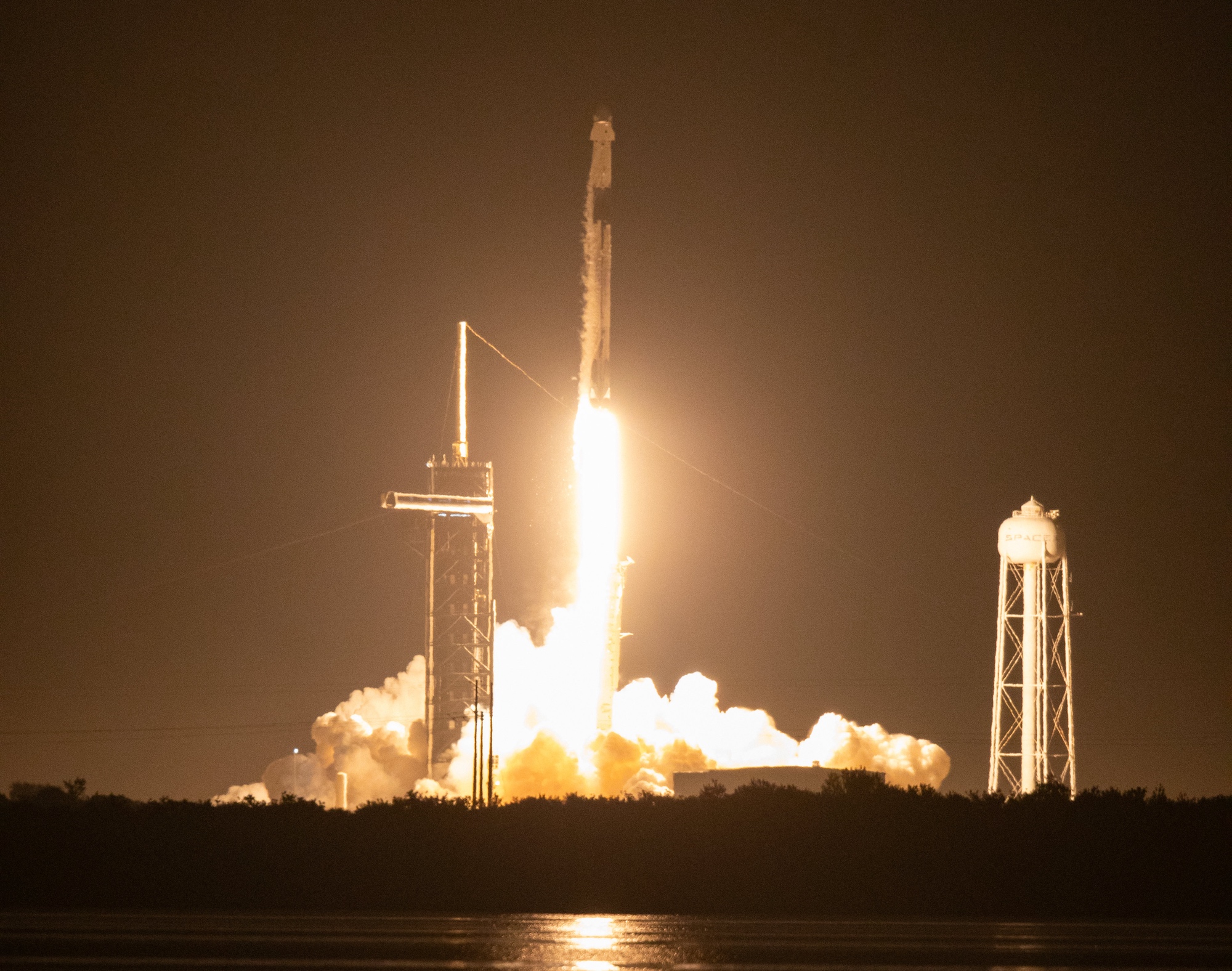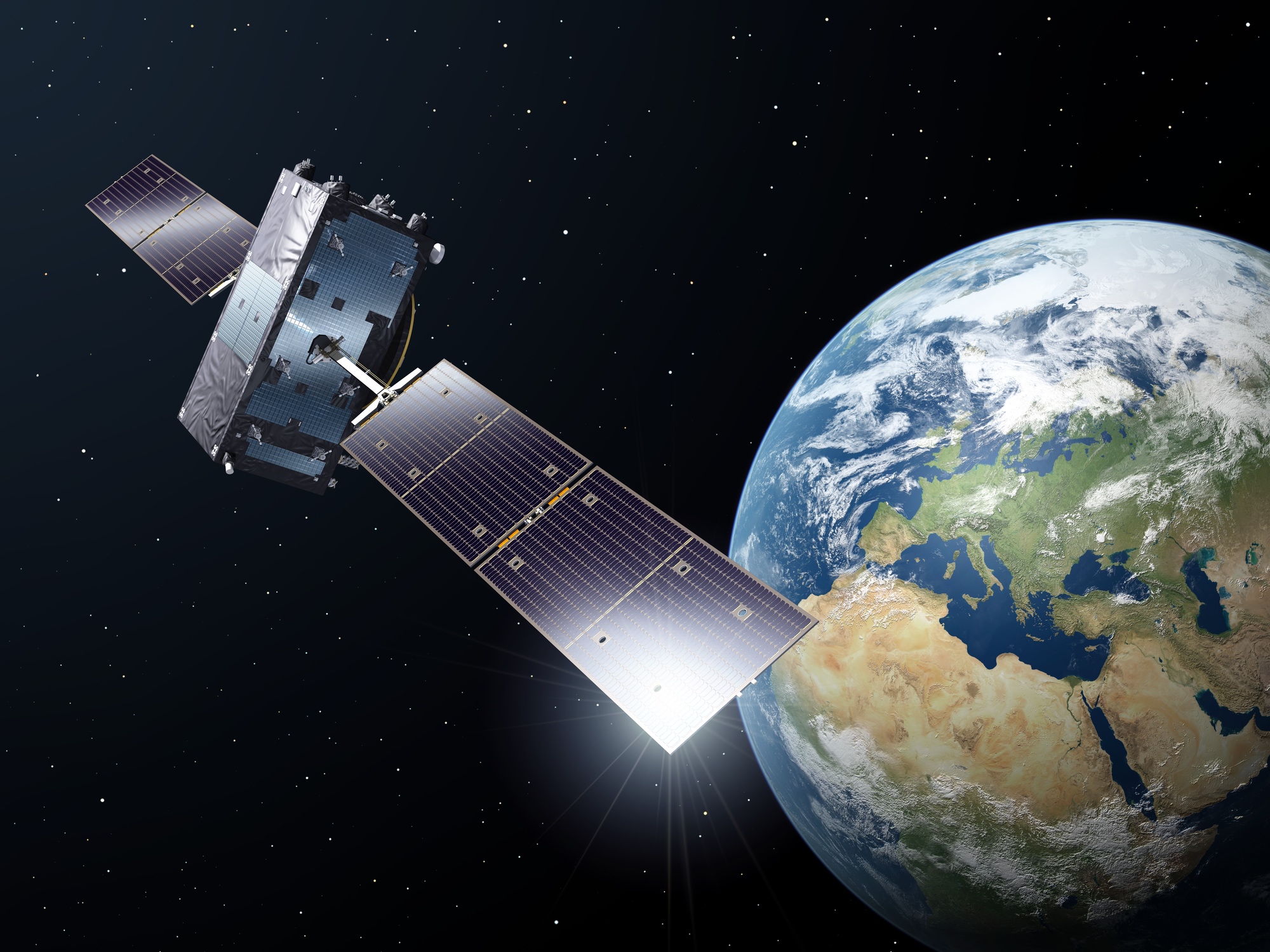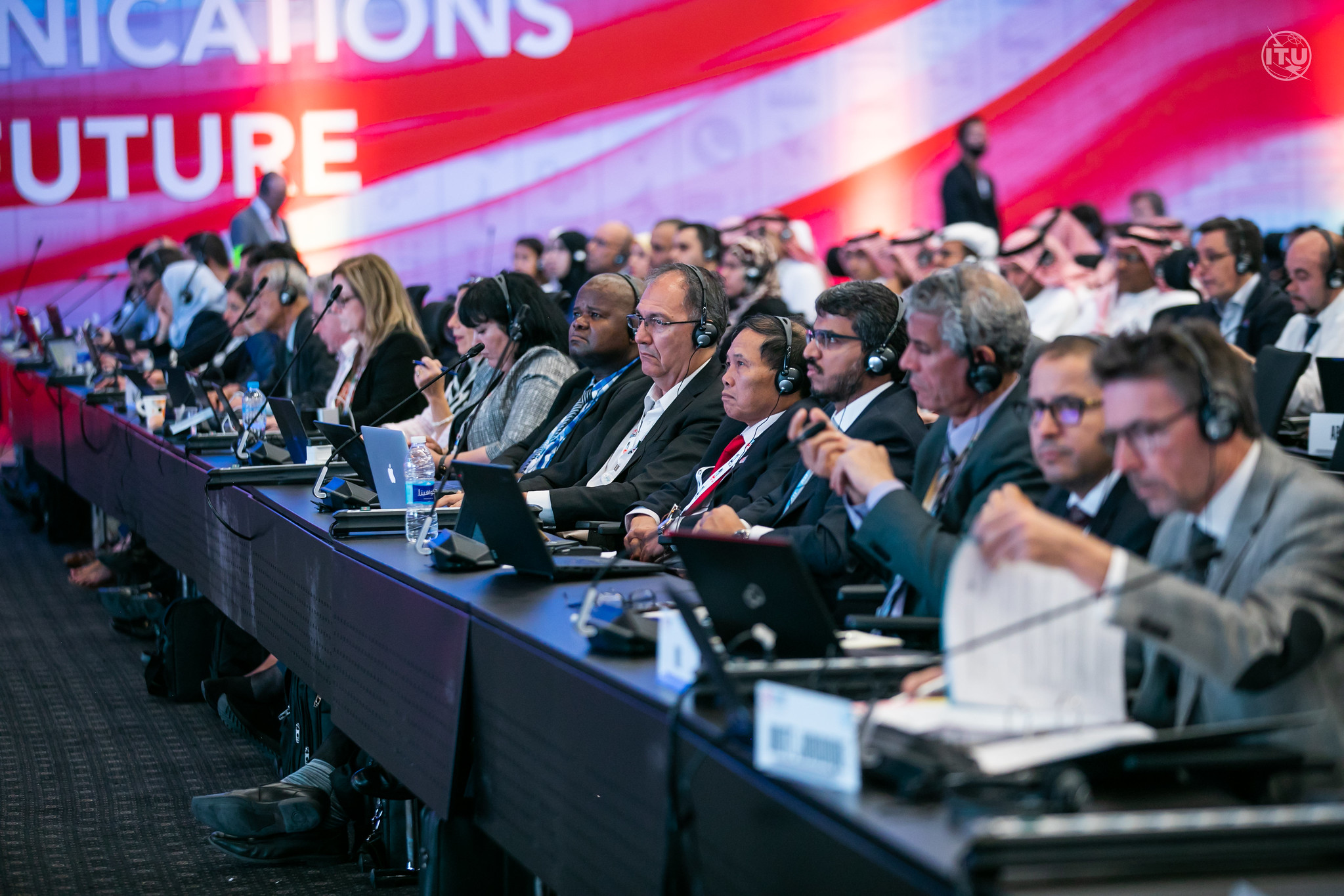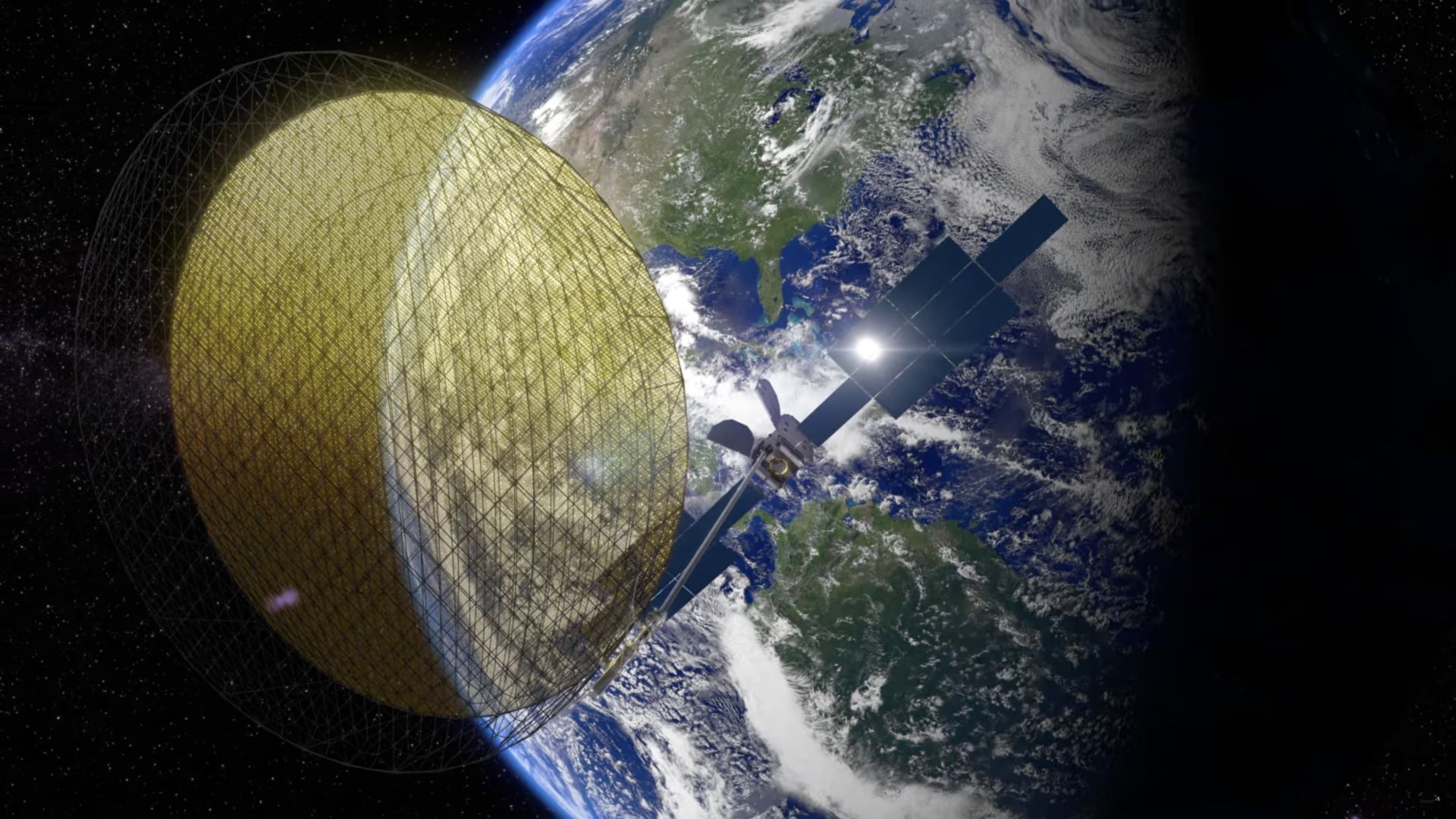TAMPA, Fla. — Viasat expects to know next week what caused the antenna deployment issue that severely impaired its debut ViaSat-3 broadband satellite over the Americas, the operator’s CEO announced during earnings results Nov. 8.
Mark Dankberg said Viasat would also be getting more information from the antenna’s supplier, which he did not name, on how long it would take to ensure a second, mostly built ViaSat-3 could launch without the issue that reduced the throughput on its first by more than 90%.
According to a CBS News report citing a Viasat executive before the April 30 SpaceX Falcon Heavy launch of ViaSat-3 F1, the first of three planned 1 terabit per second (Tbps) satellites, Northrop Grumman’s Astro Aerospace provided the antenna.
Dankberg said a third ViaSat-3 under development, which uses different antennas from another supplier and so is unaffected by the anomaly, now has a contract with an undisclosed provider to launch roughly this time next year.
Boeing is under contract to deliver all three ViaSat-3 geostationary satellites for payloads provided by Viasat.
The second satellite, ViaSat-3 F2, was previously slated to launch on an Atlas 5 rocket from United Launch Alliance this fall to cover Europe, the Middle East, and Africa, and the final ViaSat-3 F3 satellite was set to cover Asia Pacific.
Either ViaSat-3 F2 or ViaSat-3 F3 will instead replace ViaSat-3 F1 over the Americas, Dankberg said, and ViaSat-3 F1 would then be relocated.
Doubling down on mobility
ViaSat-3’s satellite system is software-defined on the ground, which Dankberg said enables the company to optimize ViaSat-3 F1’s remaining throughput for mobile connectivity needs.
The Carlsbad, California-based company’s fixed broadband business depends more on the volume of bandwidth than on dynamic beam steering, he added, and will decline until the next ViaSat-3 launches and gets in position.
However, Viasat expects strong demand for mobile connectivity on airplanes, ships, and from government customers will still enable the company to report growth for its fiscal year 2024 that ends March 31, 2025, and fiscal year 2025 ending March 31, 2026.
Previously a core focus for Viasat, the U.S. fixed broadband market represents less than 15% of the group’s total revenues following its recently closed acquisition of British satellite operator Inmarsat.
Viasat has also stopped work on ViaSat-4, a high throughput satellite the operator was planning before acquiring Inmarsat to target fixed broadband demand.
“We expect the key technology work that was performed on ViaSat-4 will apply to a future broadband satellite that will deliver better returns in mobility applications,” Dankberg said.
He said the decision to stop investing in ViaSat-4 would save the company hundreds of millions of dollars in the near term.
Mammoth insurance claims
Viasat is preparing to file a $421 million insurance claim for ViaSat-3 F1.
A problem the Inmarsat-6 (I-6) F2 spacecraft encountered with its power subsystem while raising orbit after its February launch will also result in a total loss, Dankberg said, and was insured for $349 million.
I-6 F2 was expected to provide only a small contribution to near-term revenue, according to Dankberg, and was part of a longer-term evolution of Inmarsat’s redundant global L-band coverage to a newer generation of satellites. He said Viasat is preparing plans to replace I-6 F2 with a new satellite order.
ViaSat-3 F1’s impairment, I-6 F2’s total loss, and the canned ViaSat-4 project resulted in a $900 million write-off, after taking into account expected insurance proceeds.
While ViaSat-3 F2 is already insured, the company is still finalizing coverage for ViaSat-3 F3 as the insurance market grapples with one of the worst years for losses on record.
Viasat reported $1.2 billion in revenue for the three months to the end of September, up 85% compared with revenue from continuing operations in the same period last year. Inmarsat provided $427 million of those revenues, reflecting year-on-year growth of 16%.
However, Viasat reported a net loss of $767 million for the second quarter of its fiscal year 2024, compared with a $70 million net loss from continuing operations the prior year, mainly due to its sizable net write-down charges.
Adjusted EBITDA, or earnings before interest, taxes, depreciation and amortization, jumped 210% year-on-year to $486 million compared with continuing operations. Inmarsat provided about half of this, reflecting year-on-year growth of about 10%.
Viasat, which last year sold its tactical data link business for nearly $2 billion, said the financial results were primarily driven by the Inmarsat acquisition, strong demand for commercial inflight connectivity, and its government security services.
Related











